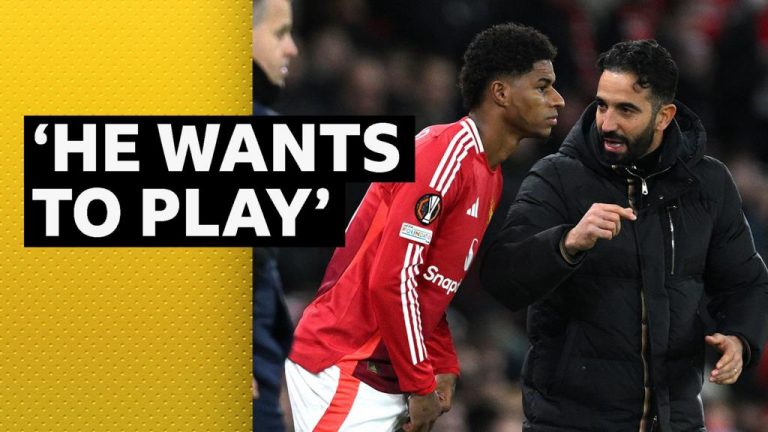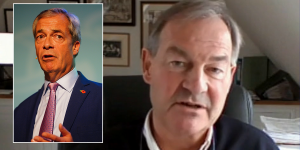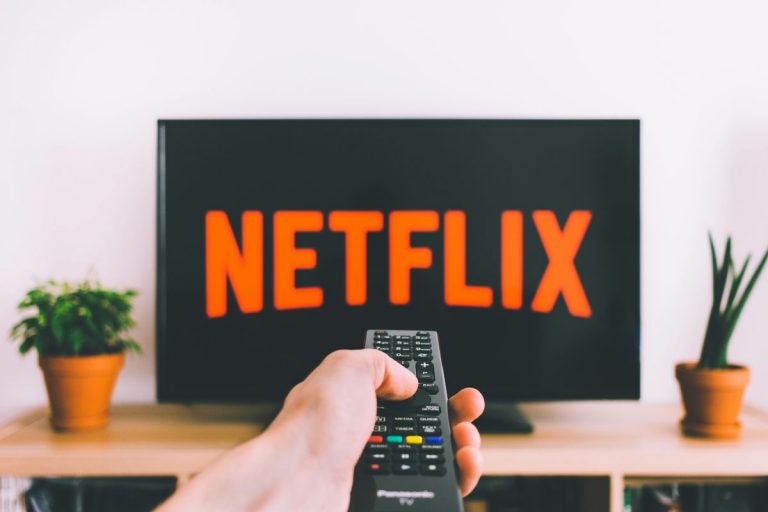Joey Logano barely made the NASCAR Cup Series playoffs and now already has advanced out of the first round. Will Power is barely still in the mix for the IndyCar title.
The Penske teammates compete in different series and Power will need some good fortune – and his own execution – this weekend to win the IndyCar crown and keep any hopes alive of a Team Penske sweep of Cup and IndyCar titles as Power and Logano did in 2022.
It is a long, long shot at best. But at least adds a little intrigue across the two forms of motorsports and the organization owned by motorsports icon Roger Penske. His NASCAR organization has been far from dominant this year but each of his three drivers won during the regular season and made the playoffs.
Logano took the second step toward a third NASCAR Cup Series championship as he won the playoff opener Sunday at Atlanta Motor Speedway.
His two Team Penske teammates — defending Cup champion Ryan Blaney and Austin Cindric — not only previously had taken the first step (making the playoffs) but also opened with good runs on Sunday afternoon.
It still isn’t the best shot on the Cup side considering the third round will be difficult for them with a pair of 1.5-mile tracks, but at least it’s a better shot than their IndyCar teammates.
Power enters the IndyCar season finale Sunday at Nashville Superspeedway needing to finish at least third while series points leader Alex Palou would have to finish 10th or worse for Power to have any shot at the title. Technically, Penske’s Scott McLauglin also has a shot at the IndyCar title, but he will be eliminated once Palou takes the green flag at Nashville.
Power potentially could have taken the points lead Sept. 1 at Milwaukee, but a spin coming to a restart resulted in a 10th-place finish. He enters Sunday with a 33-point deficit to Chip Ganassi Racing’s Palou, the defending series champion who had an electrical problem in that Milwaukee race where Power couldn’t capitalize.
“A long shot now,” Power said. “God gave us a chance then, but kind of let it go. That’s the season, man. You just can’t have those mistakes.”

Power’s right. Those mistakes will be what he looks back on this season (not to mention the early season 10-point penalty from the opening race for push-to-pass rules violations) and wonder what could have been. His Penske teammates on the NASCAR side are holding out some hope.
“He’s got a shot,” said Austin Cindric, whose father, Tim Cindric, is the team president. “I lost a few years of my life watching that end of the Milwaukee race. But, yeah, Will has still got a shot.”
Cindric and Blaney can feel they both are still in the Cup mix in the opening weeks of the Cup playoffs. Blaney is 45 points up on the current cutoff and Cindric is 27 points ahead with two races left in the opening round.
“Why not?” Logano said about the possibility of another Penske sweep. “That would be good. We’ve done it before. It’s going to take a lot on that [IndyCar] side but hopefully.
“I can’t control that side.”
Walt Czarnecki, vice chairman of Team Penske, acknowledged that a lot of things would need to happen for a Penske sweep.
“I think realistically next week at Nashville it’s going to be an uphill climb [with a] 33-point deficit,” Czarnecki said after Logano’s victory. “We saw what happened at Milwaukee, so anything can happen. … Never say never.
“As far as this [NASCAR] championship is concerned, this is a great way to start. We’ll worry about Watkins Glen [this week] and go from there.”
Bob Pockrass covers NASCAR for FOX Sports. He has spent decades covering motorsports, including over 30 Daytona 500s, with stints at ESPN, Sporting News, NASCAR Scene magazine and The (Daytona Beach) News-Journal. Follow him on Twitter @bobpockrass.

Get more from NASCAR Cup Series Follow your favorites to get information about games, news and more


























+ There are no comments
Add yours